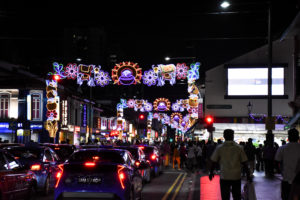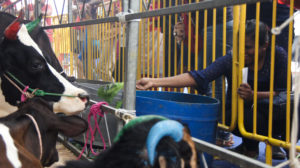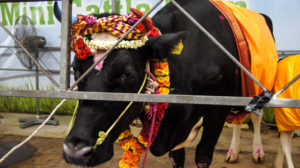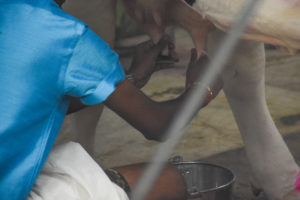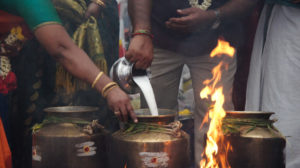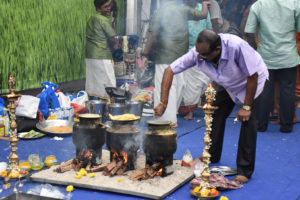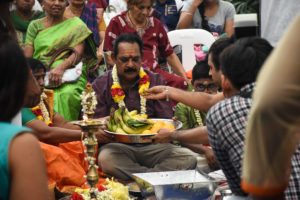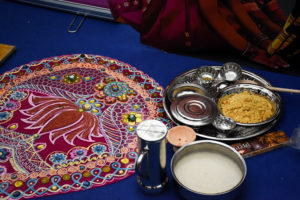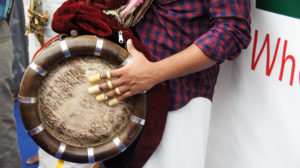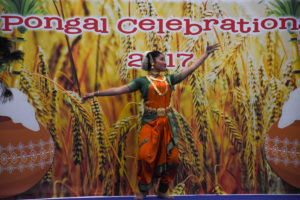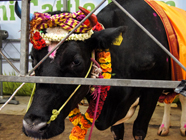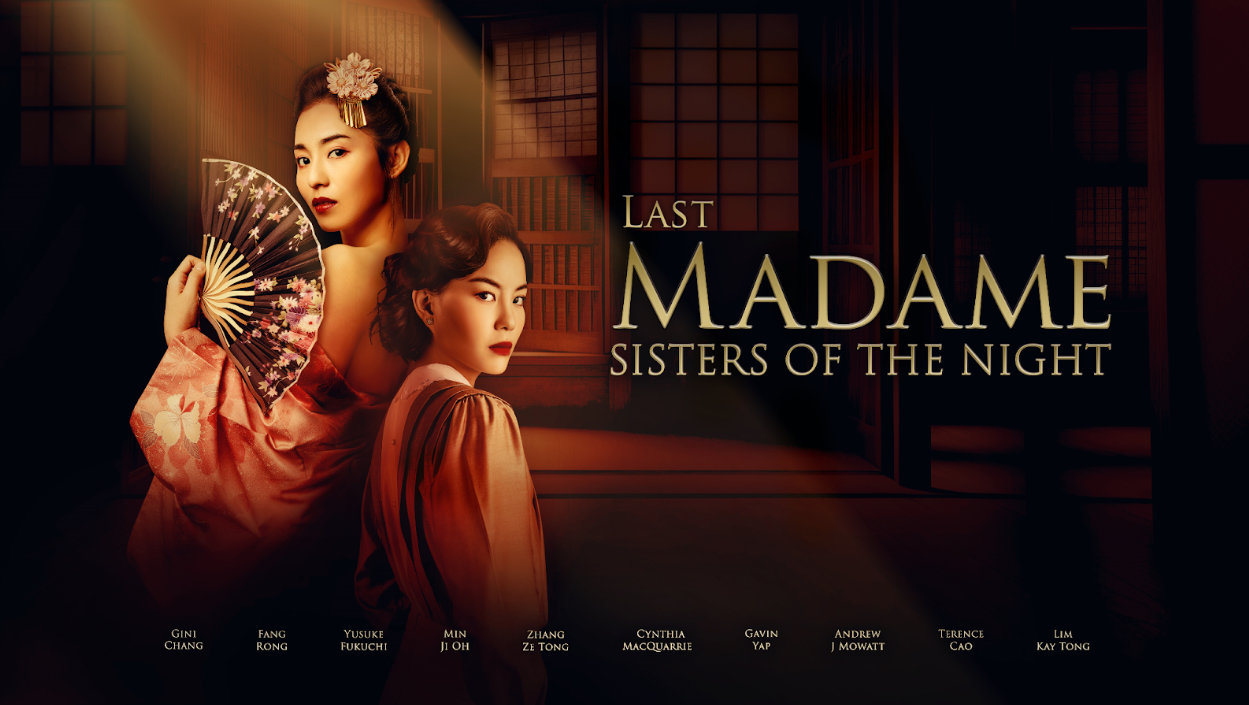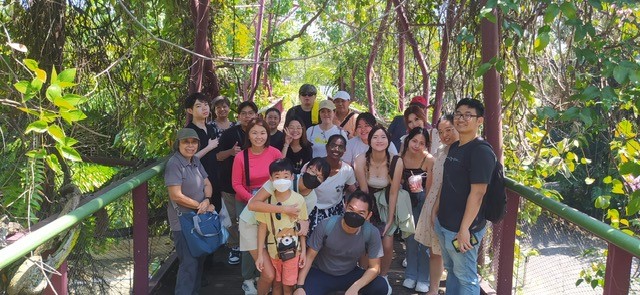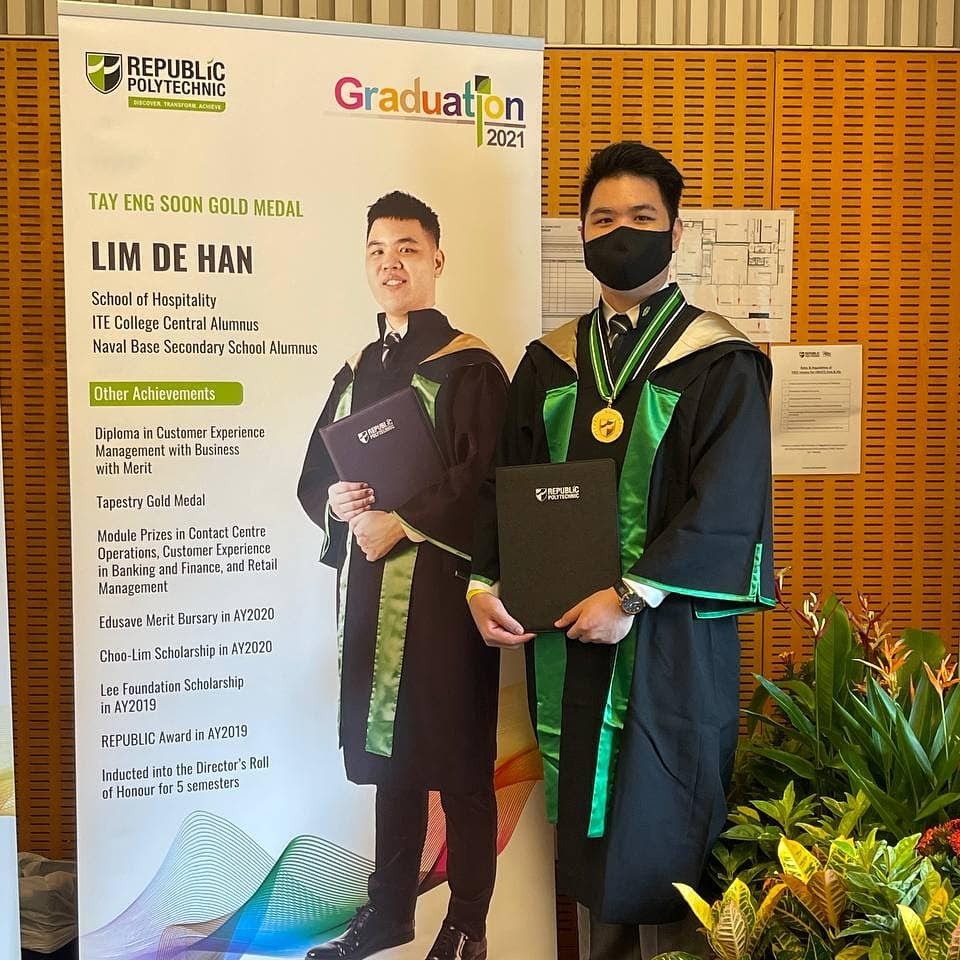Pongal is the most important harvest festival celebrated in Tamil Nadu, a southern state of India, by Hindus. The festival lasts for four days – first with spring cleaning, followed by cooking rice with milk in an open area on the second day, decorating farm animals and visiting relatives on the third and fourth day respectively. The Republican Post reporters Chan Wei Yin and Charmaine Soh headed down to heart of Little India to observe and learn more about the vibrant festival.
